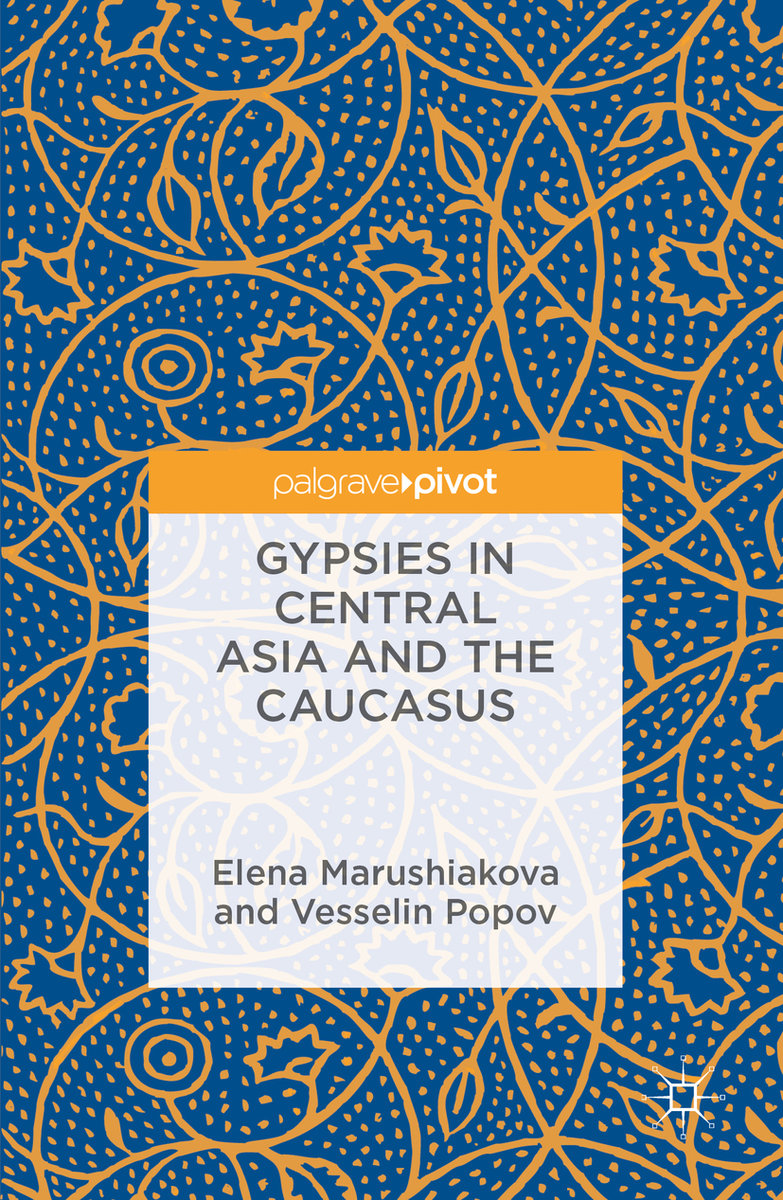This book explores diverse communities living in Central Asia and the Caucasus, who are generally gathered under the umbrella term of Gypsies´, their multidimensional identities, self-appellations and labels given to them by surrounding populations, researcher and policy-makers. The book presents various Gypsy and Gypsy-like communities and provides a comprehensive review of their history, demography, ways of life, past and present occupations, and contemporary migration in post-Soviet space. The authors situate these communities in historical settings and also in the wider context of contemporary evolving global and areal developments.
The book will be of interest to scholars and students of history, sociology, social anthropology, nationalities studies, global and Central Asia and Caucasus areal studies, and Gypsy/Romani studies, and also for policy-makers and civic organizations.
Elena Marushiakova and Vesselin Popov (both from University of St. Andrews, UK) have worked in the field of Gypsy/Romani studies for more than 3 decades and published widely on Gypsy/Roma in Balkans, Central and Eastern Europe.



